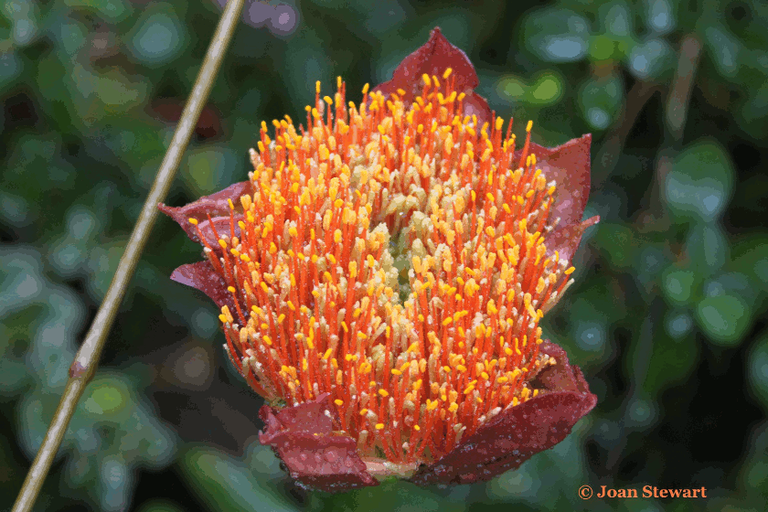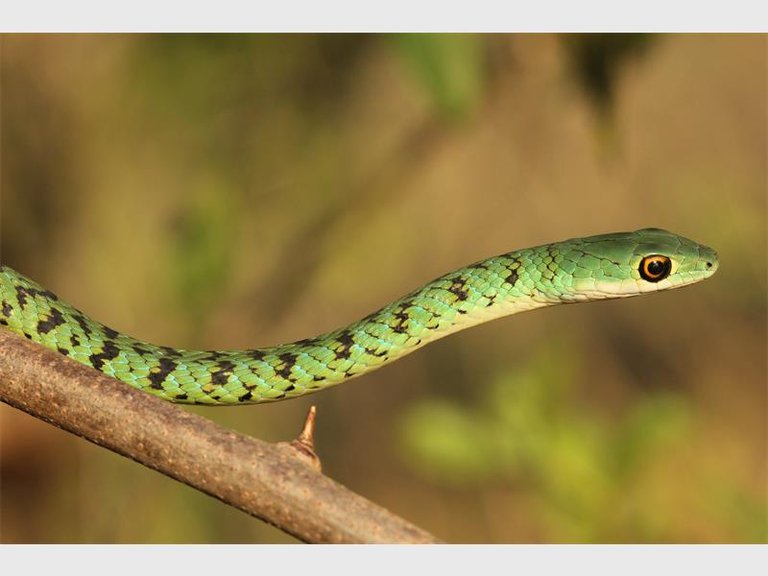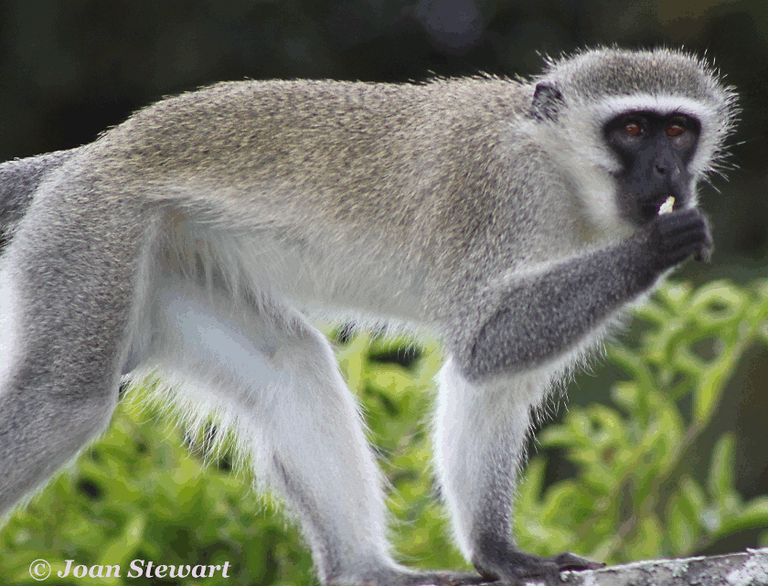
Common names: Paintbrush lily, Snake lily (English), Rooikwas (Afrikaans), isisphompho, umgola (Zulu) These are popping up everywhere showing off their beauty.
It's spring and the Scadoxus puniceus (Yup that long name) is showing off large dense heads (inflorescences) up to 15cm across consisting of numerous smaller scarlet flowers with bright yellow anthers.

This flowers stalk may reach up to 50-60cm and is often spotted with purple near the base. The inflorescences are borne within bracts which may be large and dark purplish red in colour. Sunbirds, weavers and other nectivorous birds feed on the nectar produced by the flowers.
The young inflorescence, protected by bracts and borne on the red/purple spotted flower stalk, appears first, followed by the stem which bears 6-8 leaves. The leaves are glossy green, reach 30-40cm in length and have wavy margins.
They are held erect clasping at the base to form a pseudostem (false stem) which has red/purple speckled scale leaves at the base.
The Snake lilies spekled base as the story goes, looks like the Natal Bush snake and looking at the stem it is pretty good in description. Also known as the spotted bush snake, which by the way is non-venomous and a regular visitor around the garden.

[Picture Source: http://highwaymail.co.za]
The large underground bulbs may be up to 10cm across and have a short thick stem at the base from which numerous fleshy roots arise.
The plants are dormant in winter and use the large bulbs and roots to store moisture during this period.
After flowering they mutate into fruits that are fleshy, round, shiny red berries up to ±1cm in diameter. They bear single soft pearl-like seeds inside. Ripe berries are enjoyed by by birds and monkeys. (Yes we have plenty of Vervet Monkeys in town.)

Uses by Traditional Healers
As within many of the closely related amaryllids, this bulb is poisonous and deaths have been reported following the ingestion of the bulb. However this species is widely used in traditional medicine to treat coughs and gastro-intestinal problems. It has also traditionally been used as part of a medicine taken regularly during pregnancy to ensure a safe delivery.
So my garden as we gearing up into Spring in Durban, I have three patches of these bulbs going into bloom right now. I move the bulbs during the dormant season to have them spread to different corners making a pretty show.
---------------------------
Here is my contribution to colorchallenge tuesdayorange by @kalemandra
---------------------------
Information checked: Sharon Turner - Walter Sisulu National Botanical Garden
---------------------------

Thank you Joan!
Thanks for visiting @mariasherow
Hi! I am a robot. I just upvoted you! I found similar content that readers might be interested in:
http://jaeplantscare.blogspot.com/2012/02/scadoxus-puniceus-day-lily.html